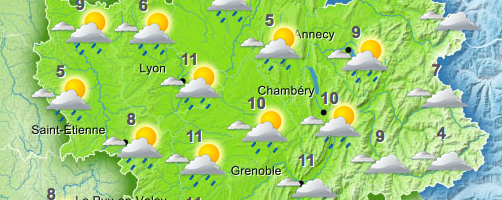For many years now, my brother Matt has been involved with Breakthrough T1D (formerly JDRF), a benevolent research and advocacy organisation who are working hard to find a cure for type 1 diabetes (hence “T1D”).
For a considerable fraction of his adult life, Matt has been dedicated to, and played a leading role in the organisation, despite having a time-consuming job, abundant other interests and a busy, active family.
He recently retired, and rather than put his feet up (as our late, beloved Auntie Millie would have counselled), he has re-doubled his commitment to Breakthrough T1D. In May 2025, he is going to take on an astonishing challenge:
Matt is going to bike across Canada in order to raise money for the organisation.
Please let me put that in context for you, as not a lot of people – even Canadians – know quite how large Canada actually is:
Matt’s journey will take 57 days and he will pedal for 7,500 kilometres.
For my friends in the UK: that is more than seven and a half times the geodesic (Great Circle) distance of Land’s End to John O’Groats. For my friends in France, it is pretty much the same: about seven and a half times the distance from the northernmost French border point with Belgium, to where the French-Spanish border meets the Mediterranean. To my friends in Canada, well, he’s going to bike the whole damn country.
Speaking to Matt recently, he couched this effort in typically unselfish terms: he said now that he had made the commitment, he was worried: he didn’t want to let anyone down.
But I know another part of his motivation, from something he said to me long ago, a throw-away line, really:
“I like a challenge.”
So it would seem…
For those of us who will not be in the saddle for 57 days, I think there is only one valid response to the courageous challenge which Matt has taken on. Support him.
You can read more about what Matt is going to accomplish – and you can make a donation – via this link….
So please be generous with a donation. You’ll be supporting a good cause and a great guy.
And then you can put your feet up…










